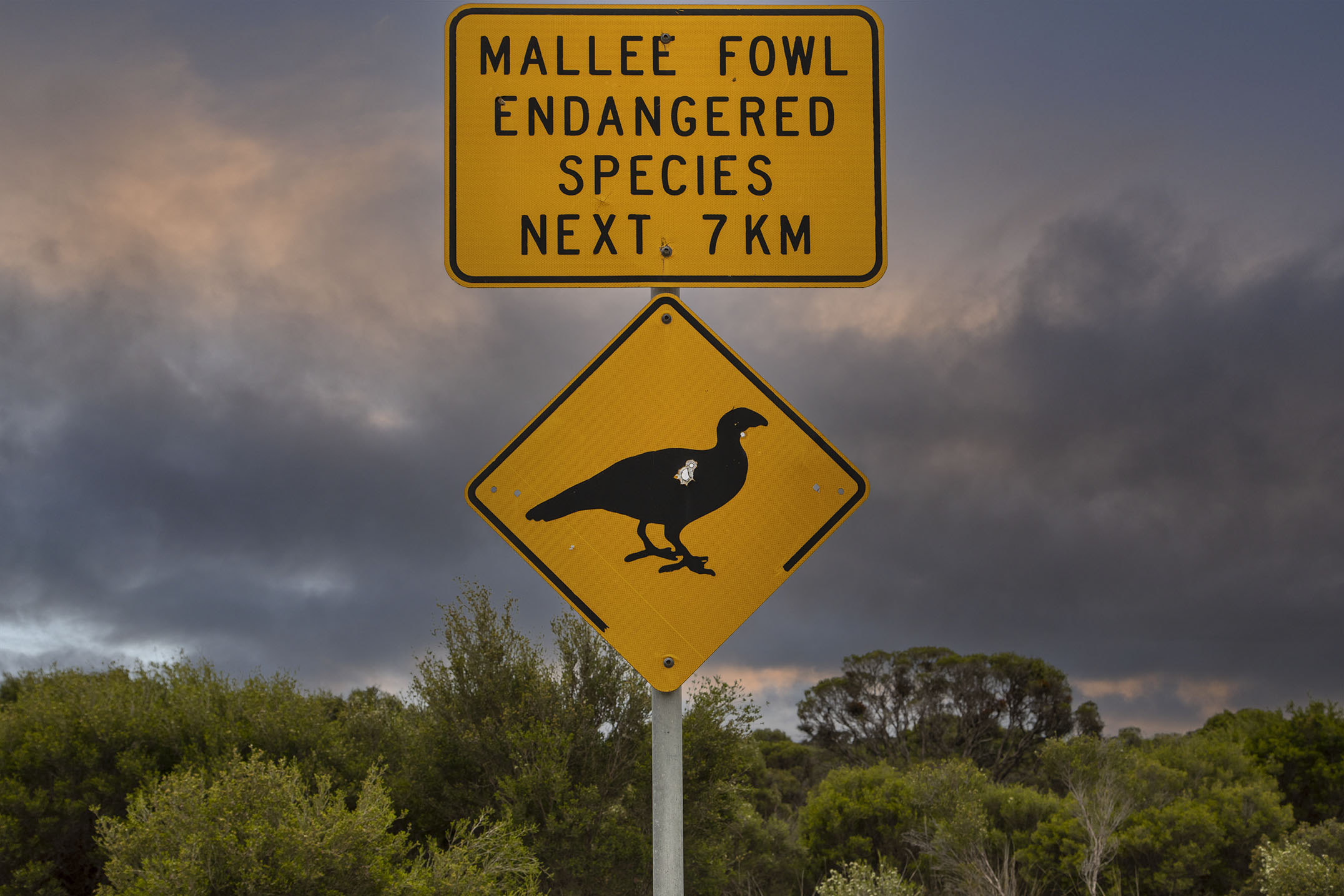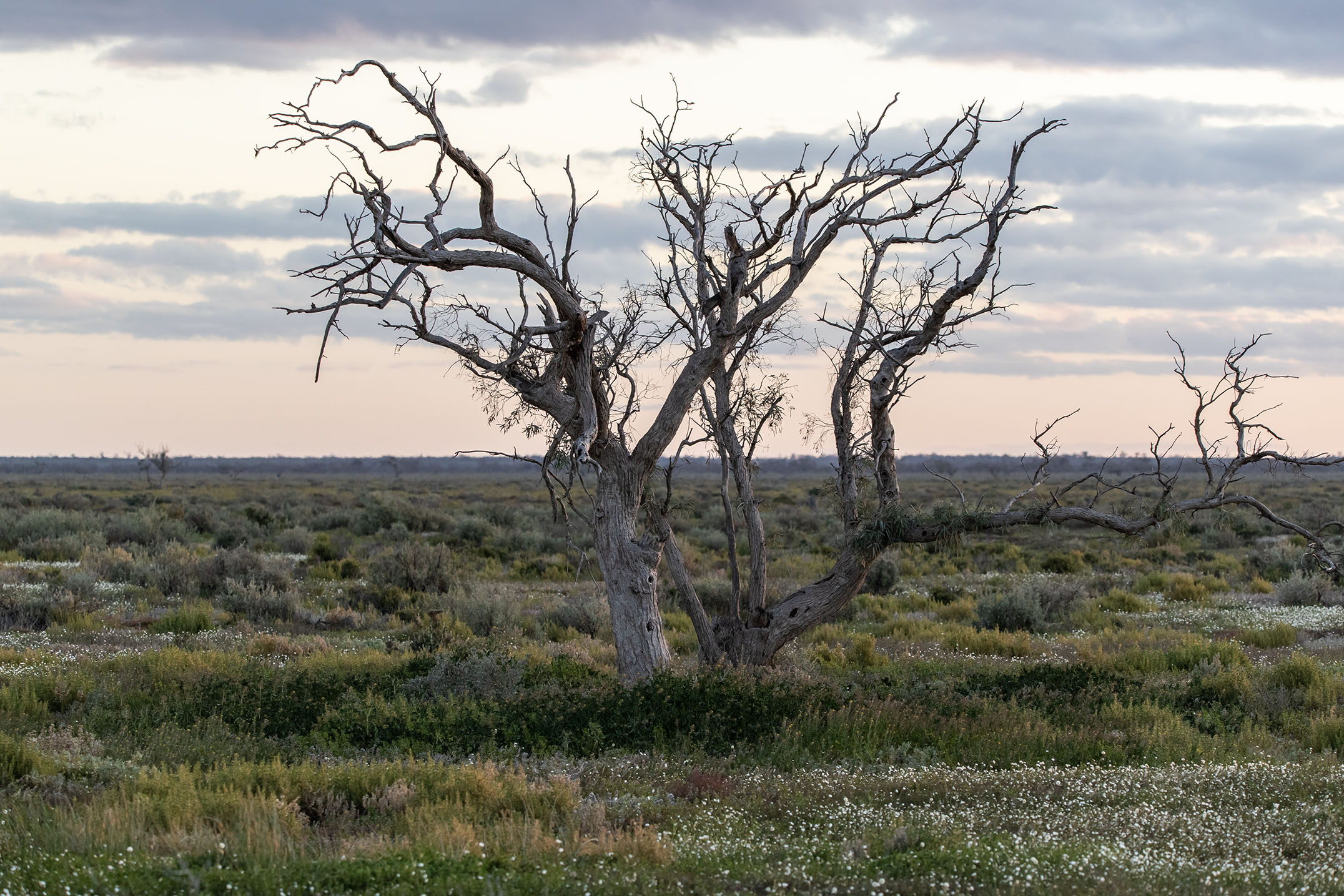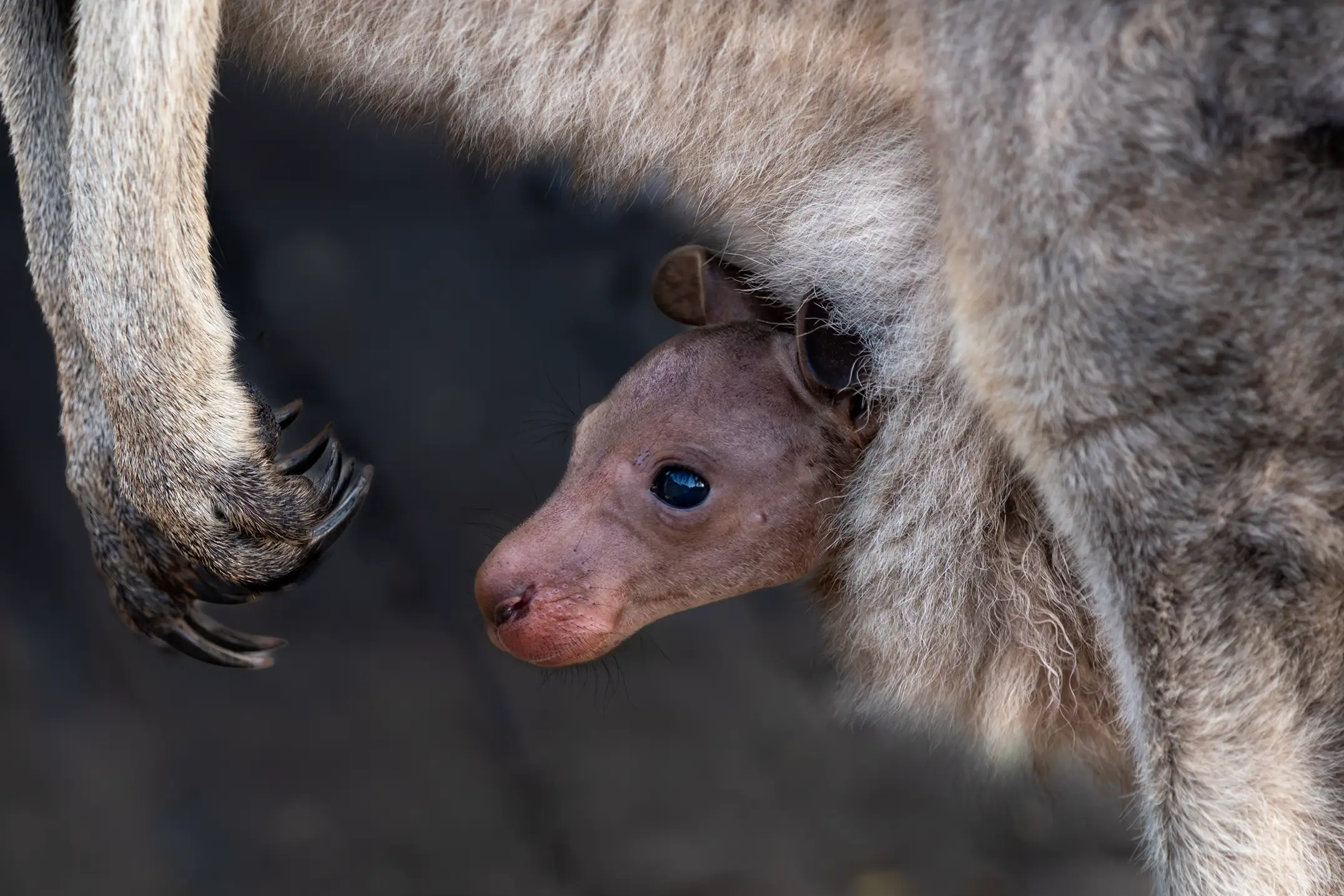A storm is coming
Life on land



Your support will assist us to continue our research and content development, the greater our resources, the more we can do.
The more we have an accurate understanding of what is happening to nature, the more we can all do to protect what remains of our living planet.
This is also an opportunity for philanthropists to be part of an ongoing project that tells independent stories about the natural world, stories that will help us to better understand what is happening to species and places on our precious planet Earth.
Note: Creative Cowboy Films does NOT have tax deductible charity status.

The Nature Knowledge Channel is a very real way you can help the precious natural world and support the work we do in creating knowledge about the natural world.
Annual membership of the Creative cowboy films - Nature Knowledge Channel gives you full access to content, stories and films, available on this website. Becoming a member of the Creative cowboy films - Nature Knowledge Channel is a very real way you can help the natural world and support our work in creating a greater understanding about what is happening to it.
A point of difference
Creative cowboy films is independent, is not funded by governments or industry, and is not influenced by their associated interest groups. For reasons of independent research and content development, Creative cowboy films does NOT have tax deductible charity status.
Life on land

I am not going into any great detail here, instead we look at three fundamental issues.
Given the history of biodiversity loss and the role of state and territory governments in species endangerment and extinction, the destruction of the environment and cultural heritage, giving states and territories a greater role in approvals is a very bad idea.
The states and territories do not have the capacity, South Australia's devastating Algal Bloom is testimony to that, and importantly, nor the culture, to turn around the degradation of Australia’s environment. There is a vast amount of evidence which describes what has occurred across the continent.
Here are the first set of problems:
More efficient and robust project approvals / Removing duplication in the approvals and assessment systems through new and updated bilateral agreements with states and territories. / A new Streamlined Assessment Pathway to significantly reduce the assessment timeframe for proponents who provide sufficient information upfront. / Regional planning to streamline development in areas with lower environmental impacts, while avoiding development impacts in areas with higher ecological value. / Improving consistency in environmental decision making.

Climate change is an overarching issue in relation to biodiversity loss and environmental degradation, as is pollution from major developments. How the reform bill interacts with climate related matters is highly questionable.

Offsets, while the Environment Protection Reform Bill, introduces new rules it is important to understand that large scale ‘plantation’ offsets by major industries and other regeneration projects via environment trusts may be accompanied by the use of harms permits to kill native wildlife at scale to reduce damage to vegetation using the false narrative that Australian protected species are overabundant. This also raises another and profound issue, the use of harms permits by state governments to kill a vast number of protected Australian animals each year, cruelly adding to species endangerment.

The review by Professor Samuel, the second independent review of the Environment Protection and Biodiversity Conservation Act 1999 (EPBC Act), commenced on 29 October 2019. The final report was delivered to the Minister on 30 October 2020. It was publicly released on 28 January 2021.
While I was the President of the Australian Wildlife Protection Council, the Council and the Animal Protectors Alliance made a joint and high quality submission to the review (I did not do the heavy lifting on this one). The first page of which outlines some of the key problems is set out below.
This submission has been prepared by the Animal Protectors Alliance and the Australian Wildlife Protection Council, on behalf of our members. Signatory organisations are committed to the protection of the wellbeing of all animals as individual sentient beings, and therefore to the health and the sustainability of the ecological systems on which all living things depend. Additionally, many actions which damage the environment also damage animals directly (e.g. commercial and non-commercial killing of native animals).
The complete failure of the EPBC Act, as the only Commonwealth environmental legislation to protect Australia's environment and to conserve its biodiversity, has resulted in the deaths of billions of wild animals, and thousands of ecosystems. If Australia's ongoing war against its natural environment is not checked by some form of strong national regulation, the devastation will ultimately extend from wild animals to both humans and all the other animals that are (theoretically) in human care.
The EPBC Act has failed to protect biodiversity from:
These failures reveal an urgent need for a far-reaching and very thorough amendment of the EPBC Act, to address these issues. The first part of this submission is an articulation of nine key issues, and our recommendations for each of them. These issues and recommendations do not appear in any order of priority. All are needed to properly protect biodiversity and ecological processes.
The second part of this submission addresses the questions the Reviewers asked submissions to address. Naturally some of the points made in our key issues will be repeated in these answers.
